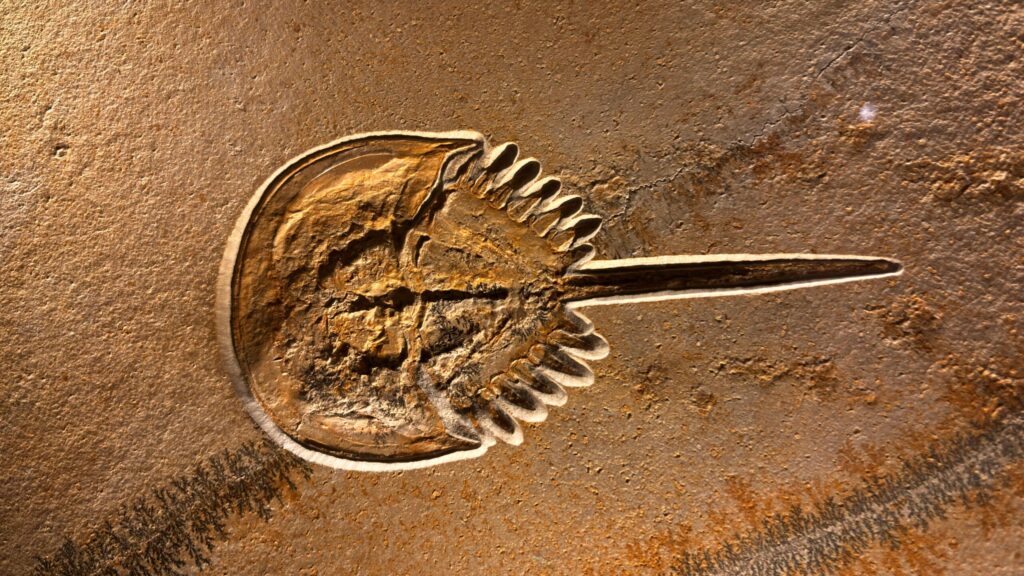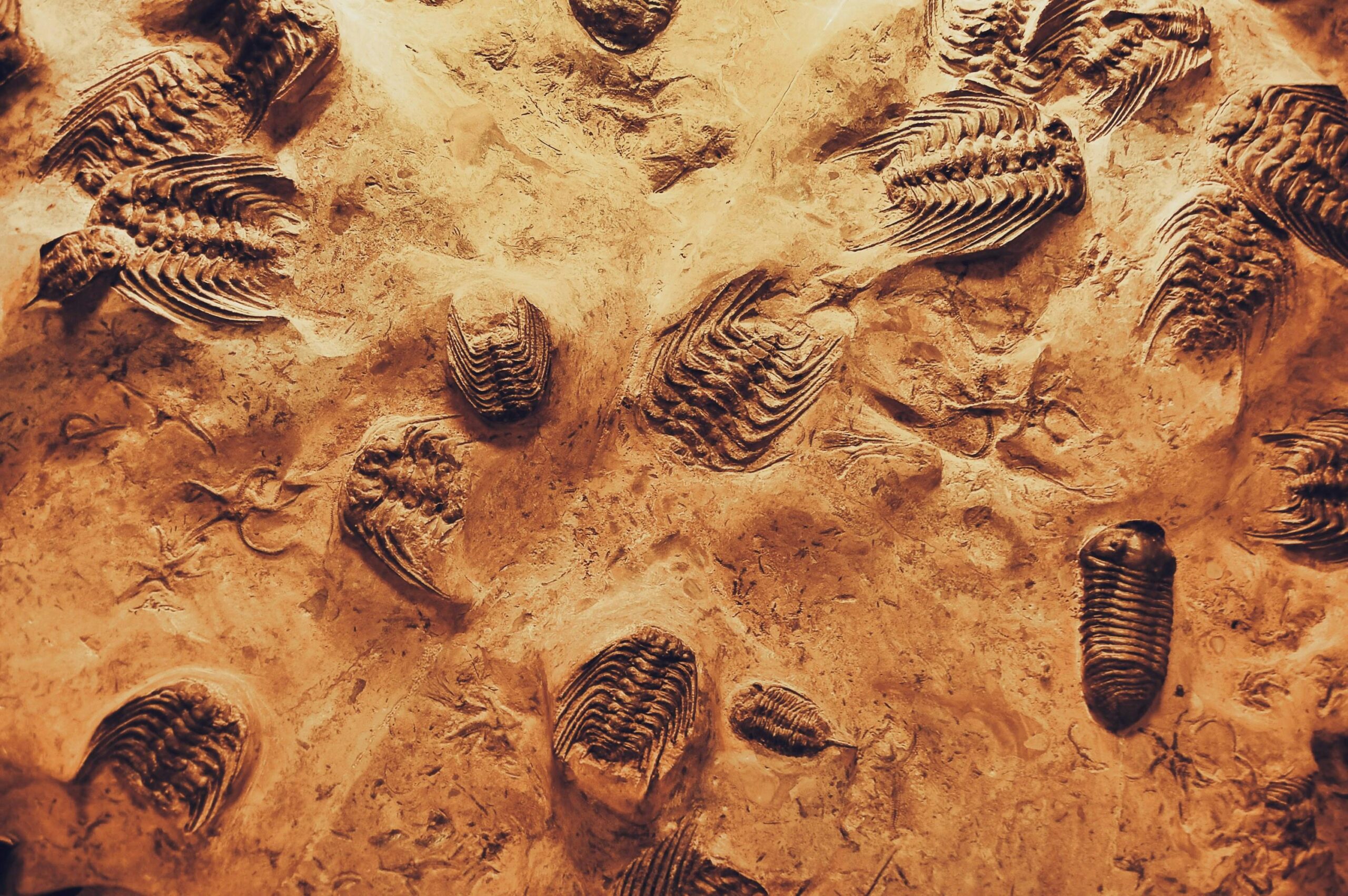With the release of the latest instalment in the Jurassic Park cinematic universe, Jurassic World Rebirth, I have been thinking a lot about mass extinction events. Jurassic Park is certainly an interesting thought experiment. It had some great ideas about ethics and science. It also got a lot of things wrong (spinosaurus I’m so sorry) but it did get something right: “Life finds a way”. And this is especially true when at one time, life on Earth was nearly snuffed out all together.
The origins of life date all the way back to about 3.7 billion years ago. Life burst into existence as soon as it was physically possible for it to exist. Ever since, it has been evolving, developing ways to survive through some of the worst natural disasters in the history of our planet.
Life on our planet has faced 5 mass extinction events. Mass extinctions are events where a dangerously large proportion of life dies across the globe, putting the only known life in our universe on the brink of extinction. The normal rate of extinction is about 10% every million years. A mass extinction is when this rate reaches about 75% or more over a period of 2 million years. These events often end and begin a new time period. The life forms that spring up in the wake of a mass extinction bring about a new period in our planet’s history.
Mass Extinction No 1: End Ordovician, 86% of species, 444 million years ago
The Ordovician Period is known for three things: The diversification of marine life, the earliest land plants, and the mass extinction that ended it.
During the Ordovician, life thrived in the oceans, filling the whole water column with diverse species. This is referred to as the Great Ordovician Biodiversification Event, and is comparable to the Cambrian Explosion, though much less well known.
Unfortunately, the second biggest mass extinction was about to wipe out 86% of all life. There are a few theories as to why this is. We have evidence for a very quickly onset ice age, and low CO2 levels. There are two likely theories as to why this happened. The Appalachian Mountains (which were created during this time) weathered greatly and sequestered large amounts of CO2 thus leading to global cooling. Or volcanic activity causing similar issues.
The planet was cold and empty as the life that thrived in the warm waters of the Ordovician struggled through this extended winter. There were very few survivors, including the horseshoe crab.
But not all was bleak. This lead to the opportunity for the survivors to diversify and adapt to their new world. This lead to some very strange and interesting benthic life forms.
Mass Extinction No 2: Late Devonian, 85% of species, 360 million years ago
The Devonian saw life take great leaps and bounds. Known as the “Age of Fishes” it saw the diversification of jawed fish species, the first ammonites, the first vascular plants and the earliest land animals (mostly bug like creatures).
The Devonian was mostly warm, but unfortunately that was not to last. The cause of this extinction is still fairly speculative. Global cooling is the suspected cause. Potentially by meteor impact or by plants absorbing CO2 to the point that the greenhouse effect could no longer maintain the warm climate that many shallow water marine creatures relied on. Though the driver of this is not known, is suspected that a major cause of extinction was that oxygen levels in the ocean could not be sustained. Thus asphyxiating much of the predominantly marine life that existed at the time. Luckily the horse shoe crabs survived this event.
Mass Extinction No 3: End Permian, 96% of species, 250 million years ago
This was the greatest tragedy to befall our planet. Also known as the Permian- Triassic Mass Extinction and “The Great Dying”. It was the deadliest mass extinction in Earth’s history and had very few survivors. It is the event that killed off the last of the trilobites.
The cause of this mass extinction is well studied and there is a general consensus on the cause. Large amounts of volcanic activity in an area now called “The Siberian Traps” pumped thousands of tonnes of CO2, sulphur and other gasses into the atmosphere.
There were also many other volcanic events during this time that contributed. But the Siberian Traps is the most notable as they were the largest and also released halogens into the atmosphere. On top of this, the volcanic activity is suspected to have also burnt through fossil fuels underground, releasing that carbon into the atmosphere as well.
Acid rain changed the chemistry of the oceans and the earth warmed to temperatures that could not sustain the lives of many of the creatures living during this period that were not lucky enough to be a horse shoe crab. These gases also destroyed the ozone layer, which increased the radiation received by the Earth.
This particular extinction event is particularly relevant now. We are seeing similar effects from humans pumping CO2 into the atmosphere again. We are once again seeing it disproportionately affecting marine life and it is very alarming to anyone who knows anything about the End Permian Mass Extinction to read the news any day of the week.
Mass Extinction No 4: End Triassic, 80% of species, 200 million years ago
This is the one that everyone thinks killed the dinosaurs. Mostly because it rhymes with Jurassic and everyone knows there were dinosaurs in the Jurassic. But the Jurassic hasn’t happened yet. That’s the next one. For now the dinosaurs are just getting established (don’t worry they survive this one).
Marine life was the main loss in this extinction (except for horse shoe crabs). It is theorised to be caused but marine volcanoes releasing CO2 into the oceans and making them very very acidic. They released so much CO2 in fact that it reached the atmosphere and produced global warming (I said mostly marine life but a lot of land life suffered because of this event too).
Most non dinosaur reptiles died out at this time, and the only surviving marine reptiles were the ichthyosaurs and plesiosaurs. This was a tragic event, but it did pave the way for the Age of Dinosaurs.
Mass Extinction No 5: End Cretaceous, 76% of species, 65 million years ago
This is it. This is the one that 10 year olds around the globe are still sad about to this day. It is the end of the dinosaurs (or is it? Read about that here).
One fateful day, Chicxulub hit Earth near what is now Mexico, sending dust and debris into the atmosphere. This dust rapidly spread around the globe, likely causing an intense flash of heat from the trapped infrared radiation. Not only was this sudden and intense heat deadly, so were the tsunamis that followed the impact. Beyond that, the dust blocked out the sun and lead to intense and sudden global cooling.
This extinction event is the saddest to me, because it was so sudden. Many creatures would have died at the time of impact, then the hours that followed from heat, fire and tsunamis, and then the years that followed while the sun was blocked from the surface.
This event was short lived but no less devastating. (the horse shoe crabs also survived this one). It did however lead to the rise of mammals, and subsequently, us.
Mass Extinction No 6: ?, ??%, ???
Currently we are witnessing the fastest rate of extinction in human history. We are losing species at a rate of 0.01-0.1% of species per year. That’s up to 10% per decade. For clarity, the normal rate of extinction (the background extinction rate) is 10% of species per million years. This surpasses even the rate of the End Permian Mass Extinction, which wiped out 96% of all life on Earth. Climate change and all it’s side effects are devastating our co-inhabitants, and it’s starting to reach us humans too, as the first “climate refugees” seek safety from the rising tides.
As with the other mass extinction events, this one will be recorded in the Earth’s crust. Our descendants and any other intelligent life forms that come after us will be able to see both what happened and who did it. In their natural history books they will list humanity as the cause of one of the deadliest extinction event in Earth’s history. I am not saying that we will end life, but we might end life as we know it. Life will find a way (read “horseshoe crabs will find a way”).
But even when we are long gone, our mark on the earth will be left as an ugly scar of bleaches reefs, fossils of extinct creatures and a layer of plastic.
This is a bleak subject, but I find it very interesting. It is also important to refer to the past to inform the future so that history is not unnecessarily repeated.

Key Take Aways:
- There have been 5 mass extinction events (where the extinction rate is above 75% of species extinction in 1 million years)
- The extinction events are the End Ordovician, Late Devonian, End Permian, End Triassic, End Cretaceous
- The End Permian is very relevant to todays issues as we are seeing similar effects from similar causes.
- The horseshoe crab ahs survived all of these and is probably indestructible and the perfect form of life for our planet. They will be here forever.
- We are currently witnessing above average rate of extinction, and conditions similar to the start of a mass extinction event due to climate change


Leave a Reply